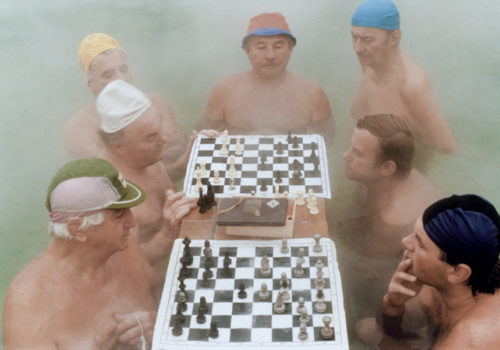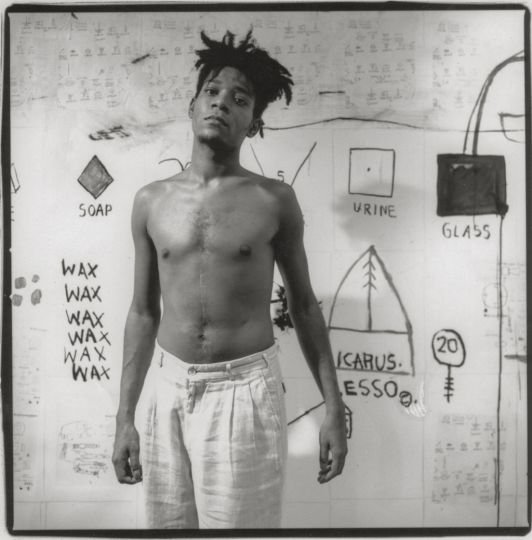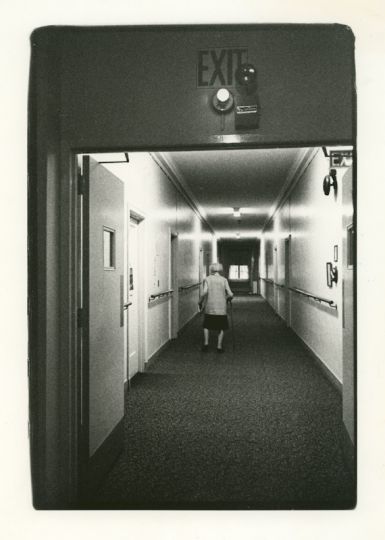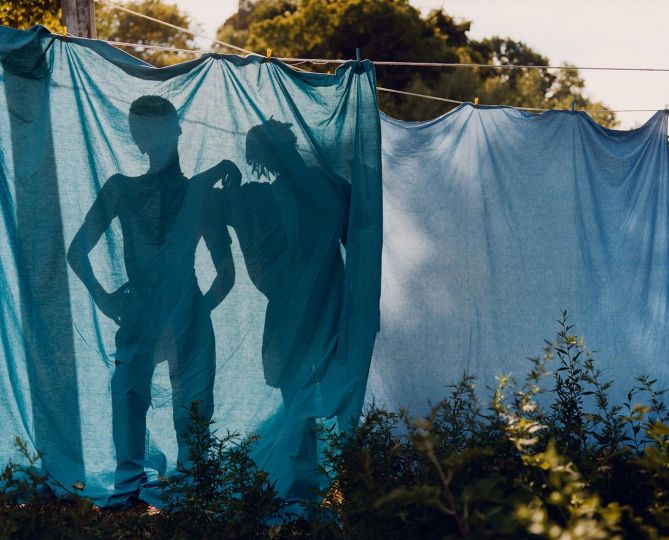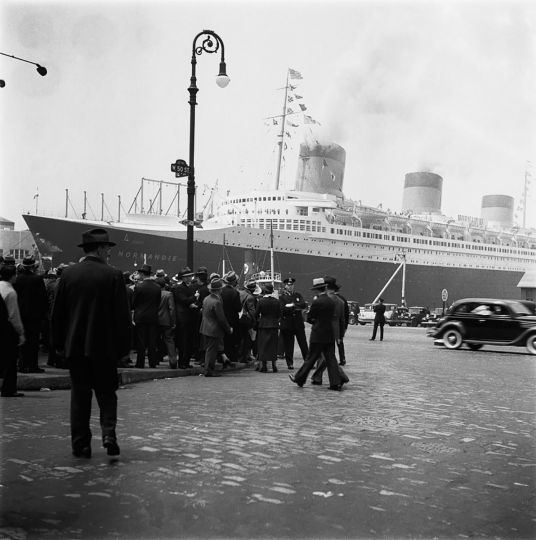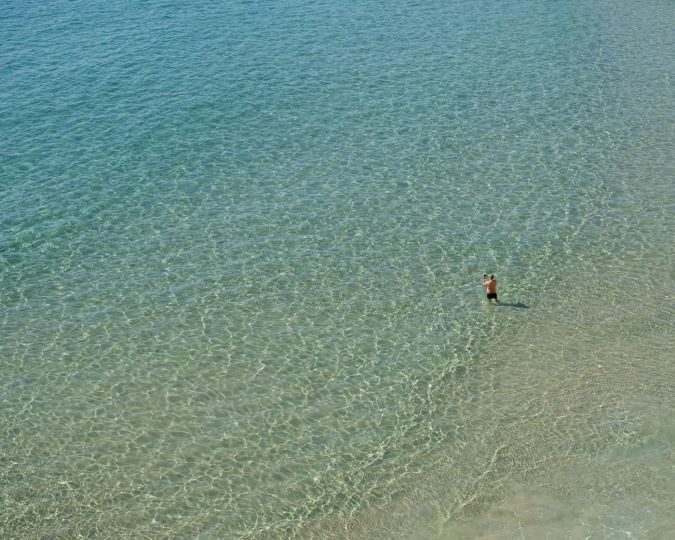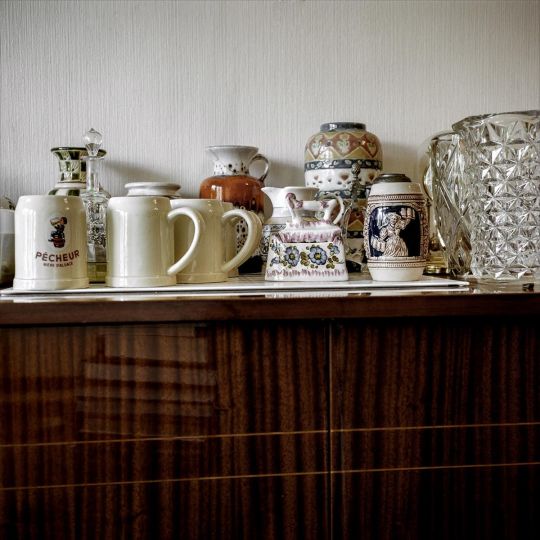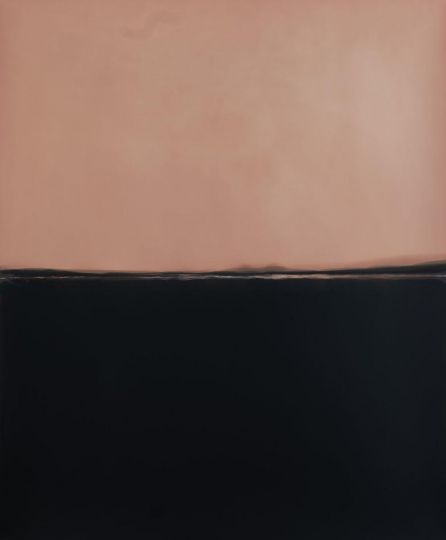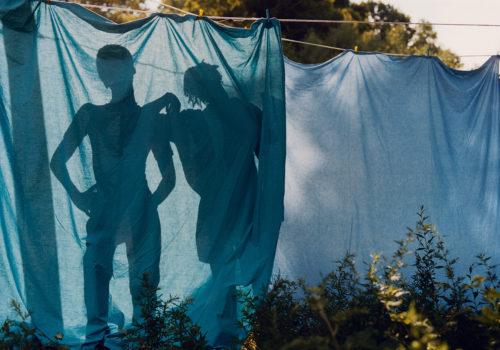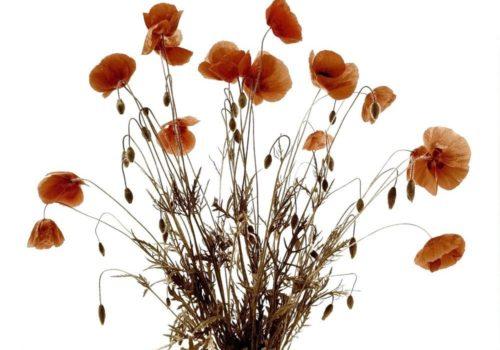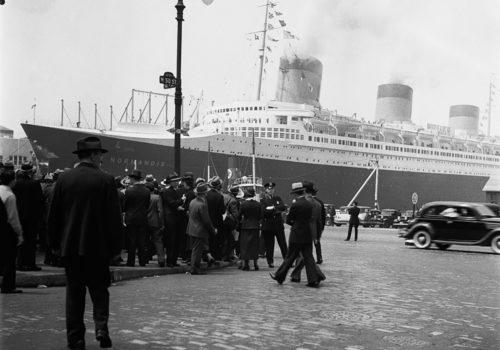The Boca Raton Museum, Boca Raton, Florida, in partnership with the Hungarian Museum of Photography in Budapest, presents an overview of the history of photography in Hungary with a selection of over 30 works from the early to late 20th century by photographers such as André Kertész, László Moholy-Nagy, Brassaï, Robert Capa, GyörgyLõrinczy, and Sylvia Plachy. Ms. Plachy speaks about her life of photography and her ongoing relationship with the land where she was born, Hungary.
Nancy McCrary: Sylvia, could you share with us a bit of your Hungarian background?
Sylvia Plachy: In 1956, when I was 13 years old, my family fled the Hungarian Revolution, eventually landing in New York. In 1964, as a budding 21 year-old photographer and protégé of André Kertész, I began a new relationship with Hungary using my camera as witness.
How did your interest in photography begin? Do you believe you would have found the camera whether you were in New York, Budapest, or anywhere else?
I was attending Pratt Institute and took an elective photography course with Arthur Freed and that was it. I knew what I wanted to do. I had this magic box that was a small quiet companion, which made delicate lasting conversions of elusive events of my life. I understood that with a camera I could take not just some tiny trinkets, but an equivalent, a ghost or mood of things wherever I went.I don’t know, so much of life is chance, but I don’t think I would have been a photographer in Hungary. I wouldn’t have had the courage or the opportunity to override the pressures to make pragmatic choices if my parents hadn’t brought me to the United States.
You have described photographs as “imprints or ghosts of some previous existence”. Tell us more about that.
I search to photograph people and places that carry some memory of another event and lead me, like stepping stones, back and forth in time and space, between dreams and reality. I look for visceral connections, a chemistry of sorts, an essence or spark, the spirit of the thing.
Your books have chronicled your returns to Hungary. Will there be a new book soon?
Maybe two or three, but they are still just swirling in my head.
For those of us joining you for the artist’s talk in Boca Raton on December 11, would you give us a glimpse of what you’ll be sharing?
The talk will be partially about The Hungarian Connection, but the projection will include images from all other walks of my life. Though they come from disparate situations owning another reality, they still, like bric-a-brac in my house, can rhyme with each other. The title of the presentation is Dancing with Ghosts.
In the 50 years during which you have returned numerous times to Hungary and then to your home here in the States, what has changed the most? What do you miss the most?
Nothing is the same. Change is everywhere, and faster than ever. Loosing my birthplace and my childhood has left me with interesting scabs, but that time has passed. There have been, and will be, many other losses before it’s over, and my husband Elliot is right when he says, “There is nothing you can do about it, why worry?”
Interview by Nancy McCrary
Nancy McCrary is the Editor-in-Chief of South x Southeast Photomagazine.
Hungarian Photography and Sylvia Plachy, The Hungarian Connection
Through January 8, 2017
The Boca Raton Museum
501 Plaza Real
Boca Raton, FL 33432
USA

